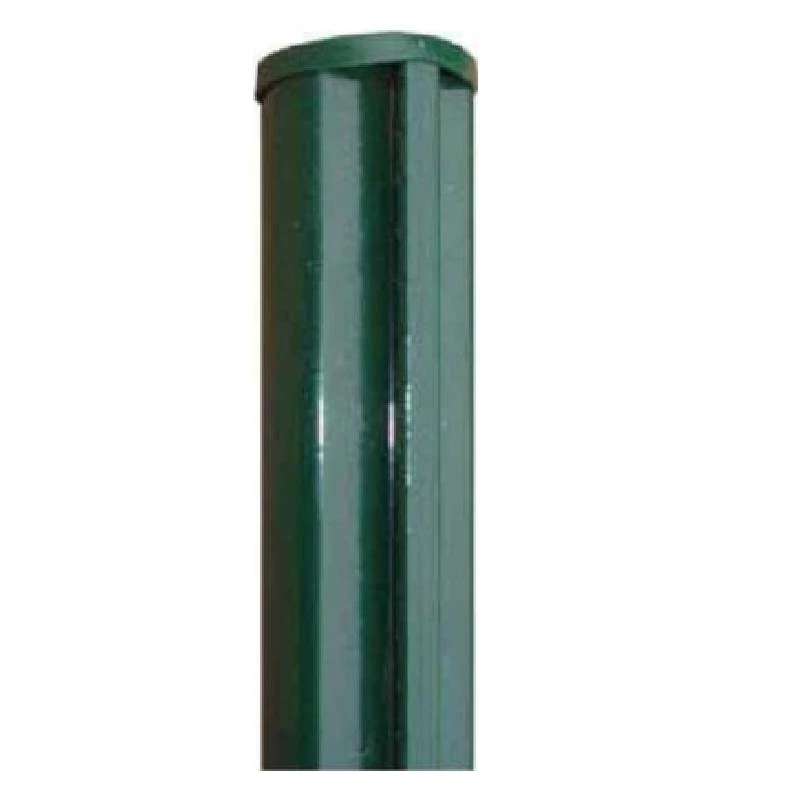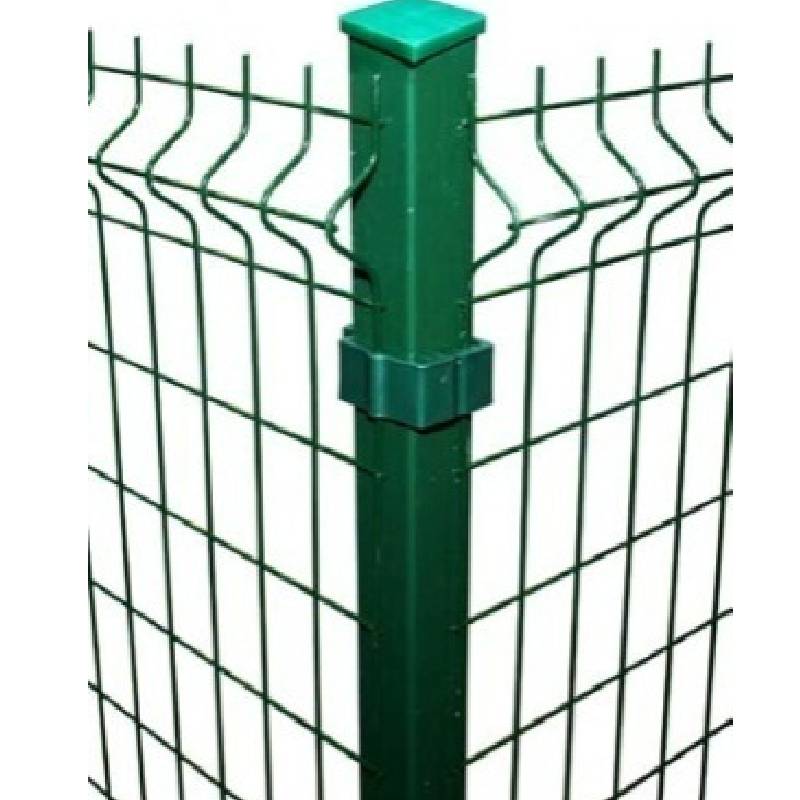-
imeli:zhao@hyliec.cn
-
Telefoni:+86 311 85273988
-
WhatsAPP:8613931128750
-
 Aferika
Aferika -
 Alapania
Alapania -
 Amharic
Amharic -
 Alapi
Alapi -
 Armenian
Armenian -
 Azerbaijani
Azerbaijani -
 Basque
Basque -
 Pelalusiana
Pelalusiana -
 Bengali
Bengali -
 Bosnian
Bosnian -
 Bulgarian
Bulgarian -
 Katalana
Katalana -
 Sepuano
Sepuano -
 Kosikana
Kosikana -
 Croatian
Croatian -
 Czech
Czech -
 Danish
Danish -
 Siamani
Siamani -
 Igilisi
Igilisi -
 Eseperano
Eseperano -
 Estonian
Estonian -
 Finnish
Finnish -
 Falani
Falani -
 Frisian
Frisian -
 Galician
Galician -
 Georgian
Georgian -
 Siamani
Siamani -
 Greek
Greek -
 Gujarati
Gujarati -
 Haiti Kereole
Haiti Kereole -
 Hausa
Hausa -
 Havaii
Havaii -
 Eperu
Eperu -
 Leai
Leai -
 Miao
Miao -
 Hungarian
Hungarian -
 Icelandic
Icelandic -
 igbo
igbo -
 Indonesian
Indonesian -
 Aialani
Aialani -
 Italia
Italia -
 Iapani
Iapani -
 Javanese
Javanese -
 Kannada
Kannada -
 Kasaka
Kasaka -
 Khmer
Khmer -
 Rwanda
Rwanda -
 Kolea
Kolea -
 Kutisa
Kutisa -
 Kirikisi
Kirikisi -
 TB
TB -
 Latina
Latina -
 Latvian
Latvian -
 Lituaniana
Lituaniana -
 Lusemipoukisi
Lusemipoukisi -
 Macedonian
Macedonian -
 Malgashi
Malgashi -
 Malay
Malay -
 Malayalam
Malayalam -
 Maltese
Maltese -
 Maoli
Maoli -
 Marathi
Marathi -
 Mokoliana
Mokoliana -
 Myanmar
Myanmar -
 Nepali
Nepali -
 Norwegian
Norwegian -
 Norwegian
Norwegian -
 Occitan
Occitan -
 Pasato
Pasato -
 Persian
Persian -
 Polish
Polish -
 Portuguese
Portuguese -
 Punitapi
Punitapi -
 Lomani
Lomani -
 Lusia
Lusia -
 Samoa
Samoa -
 Sikotilani Gaelic
Sikotilani Gaelic -
 Serbian
Serbian -
 Igilisi
Igilisi -
 Shona
Shona -
 Sindhi
Sindhi -
 Sinhala
Sinhala -
 Slovak
Slovak -
 Slovenian
Slovenian -
 Somali
Somali -
 Sipaniolo
Sipaniolo -
 Sundanese
Sundanese -
 Swahili
Swahili -
 Swedish
Swedish -
 Tagalog
Tagalog -
 Tajik
Tajik -
 Tamil
Tamil -
 Tatar
Tatar -
 Telugu
Telugu -
 Fa'a Thai
Fa'a Thai -
 Turkish
Turkish -
 tamaloloa Take
tamaloloa Take -
 Ukaraina
Ukaraina -
 Urdu
Urdu -
 Uighur
Uighur -
 Uzbek
Uzbek -
 Vietnamese
Vietnamese -
 Uelese
Uelese -
 Fesoasoani
Fesoasoani -
 Yiddish
Yiddish -
 Yoruba
Yoruba -
 Zulu
Zulu
Fale Pa
What Type Of Fence Post Is Best?
The best type of fence post depends on various factors such as the type of fence, local climate, soil conditions, and personal preferences. Common options for fence posts include:
1. Round steel posts: Round steel posts are a traditional and versatile choice, suitable for various fence types. They can be treated to resist rot and decay, but may require maintenance over time.
2. Square steel posts and rabbet posts offer durability and strength, making them suitable for supporting heavy or high-security fences. They are resistant to rot and insect damage.
3. Steel round posts/ square posts/ rabbet with base plate: They are suitable to install on the concrete ground, and fixed by concrete nails.
What Size Is A Fence Post?
Fence posts come in various sizes, typically having Φ32 Φ34 Φ38 Φ48 Φ60 Φ80 for round steel posts and 40x40 60x60 40x60 60x60 80x80 100x100 etc for square tube posts in dimension. The specific size of a fence post depends on the type of fence being installed, the height and weight of the fence panels, and the local building codes or regulations. It's important to select the appropriate size of fence post to ensure stability and structural integrity for the specific fencing project. Consulting with a professional or referring to local building codes can provide guidance on the recommended size of fence posts for a particular application.
Fence Post FAQ:
What type of fence post is best?
The best type of fence post depends on various factors such as the type of fence, local climate, soil conditions, and personal preferences. Common options for fence posts include round steel posts, square steel posts and rabbet steel posts, posts with base plate or without base plate. Each type has its own advantages and considerations, so it's important to choose the most suitable option based on the specific requirements of the fence project.
What size is a fence post?
Fence posts come in various sizes, typically typically having Φ32 Φ34 Φ38 Φ48 Φ60 Φ80 for round steel posts and 40x40 60x60 40x60 60x60 80x80 100x100 etc for square tube posts in dimension. The specific size of a fence post depends on the type of fence being installed, the height and weight of the fence panels, and local building codes or regulations. It's important to select the appropriate size of fence post to ensure stability and structural integrity for the specific fencing project.
How to install a panel fence?
Paneling a fence involves several steps, including measuring and planning, installing the posts, attaching the panels, adding finishing touches, and performing regular maintenance. It's important to follow the manufacturer's instructions and local building codes when paneling a fence to ensure proper installation and compliance with regulations. If in doubt, it's advisable to consult with a professional or seek guidance from experienced individuals.






